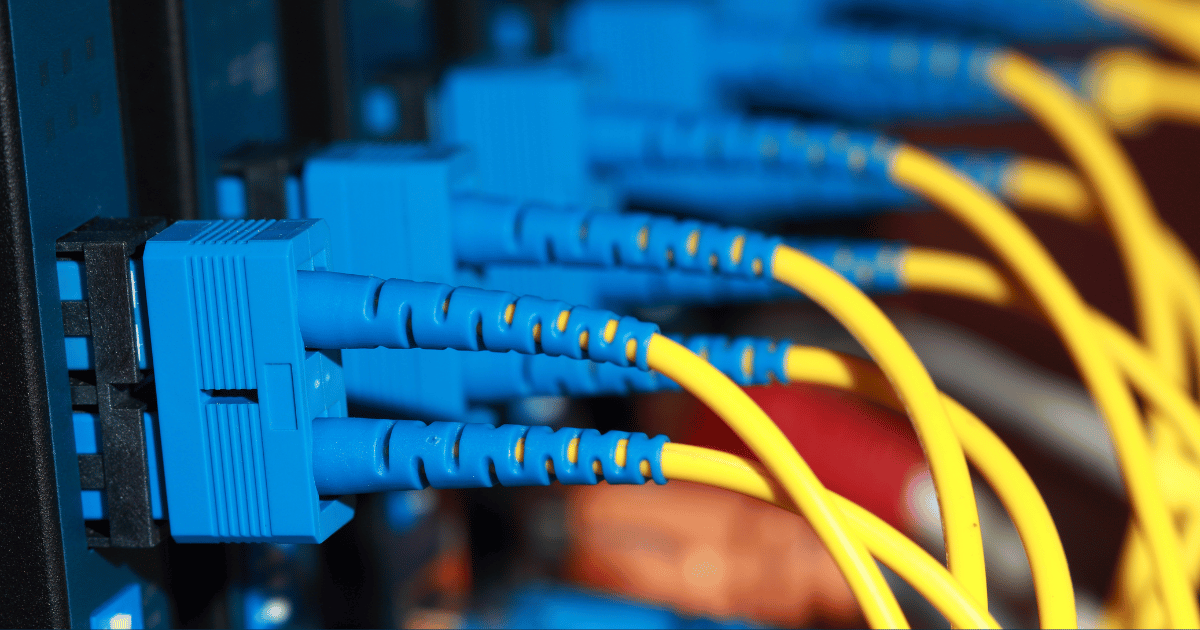Revamping the Telecom Industry: Durable Solutions for Changing Infrastructure Issues

The telecommunications industry has consistently maintained its position as the leader in technological advancements and economic growth. It is no surprise that there is a critical need for infrastructure that can significantly improve global connectivity. Such issues demand complex solutions that even provide farsightedness, which in turn guarantees that the telecom infrastructure is robust, flexible, and future-oriented, apart from addressing the current needs.
Importance of Innovation in Improving Efficiency and Reliability of Telecommunications Resilience
A telecommunications system is vital in the regular operation of society as the essential functions such as emergency communication and even more sophisticated operations like engaging in digital business will utilize it. The sector is confronted by endless challenges, such as environmental degradation and security breaches, that can damage key communication links, which are key to responding to emergencies and even carrying on with daily operations like business activities. So, it becomes essential to build such an infrastructure that is tampered with and can operate even during destruction. Innovation in this industry focuses on system improvement to increase its strength so that it can better withstand all forms of pressure, whether from natural disasters or cyber attacks, on the telecom infrastructure.
Adaptive Technologies for Networks
Essentially, adaptive technologies that dynamically manage and scale the capacity of a network according to real-time usage need to be developed and put in place in order for any progress to be made in the telecommunications sector. That is an absolute requirement since both data and network traffic do not remain constant.
Through SDN, the purpose of separating the control and data planes is accomplished; it allows network administrators to be more efficient and centralizes control of network traffic. There is a distinct increase in the ability to allocate resources more efficiently while also streamlining operations to enable the networks to be far more responsive and dynamic to the demands and circumstances.
By utilizing generic servers that host generic applications rather than making use of dedicated hardware, NFV is able to enhance scalability while also potentially minimizing dependence on a physical infrastructure. NFV enhances the ability to deploy network services at a rapid pace, which makes adding more services easier by using fewer resources and making fewer changes to physical systems.
The transition into SDN and NFV is sweeping with the promise of becoming fully responsive and efficient, making it easier for the telecommunications networks of the future to be built while simultaneously building better and cheaper infrastructures for the present.
AI and ML Interface In August 2023, the writer seized control of the reins through predictive analytics and intelligent decision-making, gathering and analyzing unmeasurably vast amounts of data from far more sources than any human ever could AI (Artificial Intelligence) and ML (Machine Learning) work in tandem with modern telecommunications technology, elevating its predictive scope and decision-making capabilities to a whole new level. This has helped significantly with remotely locating and preventing failures of networks, resulting in a reliable network with little to no downtime.
AI-enabled programs enhance the distribution of network traffic load to keep the performance standards during diverse conditions, as well as allow the networks to conduct self-assessment and resolve problems without human intervention in real time. This is instrumental in increasing efficiency and decreasing the workload as one would be able to concentrate on essential aspects of operations.
In addition, Artificial Intelligence and ML further extend the operational envelope by anticipating the traffic load and altering the bandwidth accordingly, thereby pushing the networks in the direction of having more independent models that optimize themselves depending on the current situation in the digital environment.
.png?width=1200&height=630&name=Blog%20Post%20(52).png)
Material Science Development as Tool to Facilitate Better Connectivity
Gros also agrees that progression in material technology significantly advances the telecommunications infrastructure. There is a great need to manufacture more resilient materials, such as high-tech polymers and composites for cables and hardware, in order to support the telecommunications infrastructure, as it would enable the global communications physical structure to be in rougher conditions and last longer. Such materials would assist in minimizing the degree of maintenance and replacement needed for telecommunications systems, hence enhancing their overall sustainability.
Economic Growth Advancement and Partnership Enhancement
The base of economic growth around the world is the infrastructure for telecommunications. These networks will be fundamentally important for opening up opportunities in the economies of many countries by the year 2025. Partnerships between different industries and regions are essential not only for the quest for new technologies but also for enabling enterprises to operate sustainably. Such collaborations are increasingly being viewed as a means for simultaneously achieving economic development objectives and addressing environmental challenges by creating a telecommunications market that is designed for ecological protection as well as global networking.
Setbacks and the Way Forward
Telecommunications are, however, not without persistent hurdles in the area involving the cost of newer technologies, which has escalated, and the governments need to craft appropriate policies and regulations that can cope with technology advancements in a fast-changing world. The vulnerability of networks to an onslaught by cyberspace predators is still problematic despite growing concern for security issues. This creates a lag between the costs incurred and the results achieved, which invariably involves a significant amount of investment, innovation, and international cooperation to develop secure and resilient networks. At the same time, subsequent changes must be made in other technologies, such as quantum computers and Blockchain, that will affect regulations to ensure compliance and standards.
The telecommunications sector is vital for participating in the interconnected global economy. In order to augment network sustainability and sustainability in efforts aimed at meeting demands, the industry must properly utilize efficient technologies. Advanced planning and partnership will always be needed in future projects so that the telecommunication systems can satisfy digital requirements and are robust enough to face future problems.


